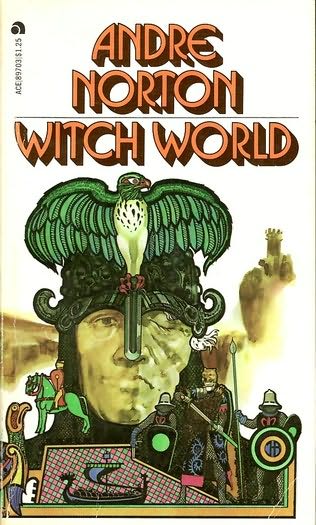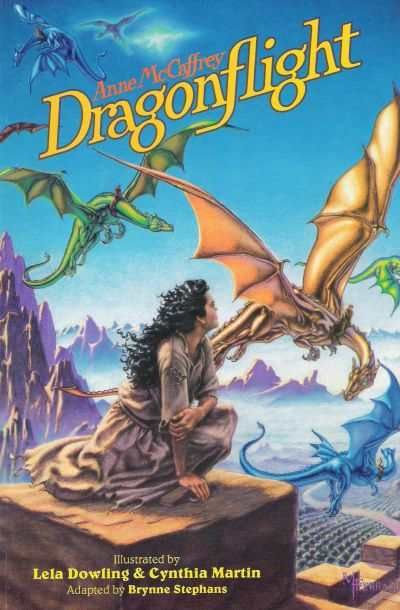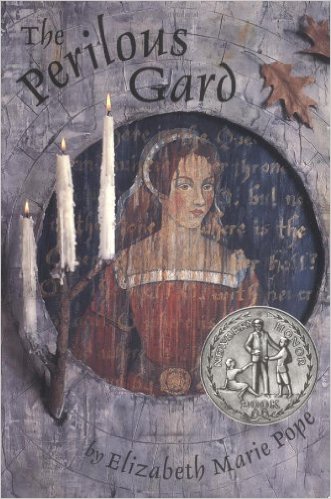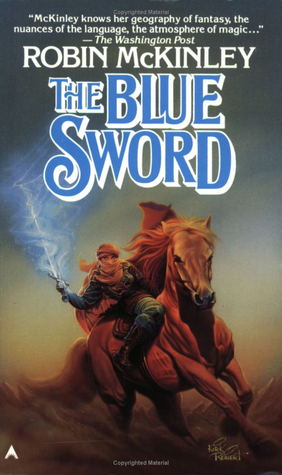By Sherwood Smith (@sherwood_smith)
Originally published at Book View Café
Okay, so I’m old, and have been reading a long time. People sometimes ask, What fantasies were you reading before…
This is especially true when people ask what fantasies do I think have been influential for today’s readers? Sometimes that influence seems obvious—Terry Brooks had clearly read Lord of the Rings before he wrote Sword of Shanarra—but not always. I believe that literature is in constant conversation with itself, and that conversation changes as we age and a new generation of readers comes up.
As that literary conversation ricochets back and forth, it’s interesting to see what patterns become an accepted part of the framework of tales—and then change. For example, after JRR Tolkien’s Lord of the Rings first became popular in the mid-sixties, during the seventies, when fantasy was on its enormous rise, it seemed that every fantasy had to feature the good guys off a vaguely European map to the west, evil guys to the east, and ugly and evil orcs versus super-pretty (pointy-eared) elves. Terry Brooks leading the pack.
The discussion of influence sometimes turns too quickly into pejoratives. This is not new. The term “Tol-clones” has been around since the days when Lester del Rey enthusiastically marketed Sword of Shannara, though I have met young readers who (this is before Peter Jackson’s films) were astonished to hear Terry Brooks, or David Eddings, just to name two, called Tol-clones. These authors might have been their first encounter with fantasy, and their stories read fresh and new to them. Of these, some tried Lord of the Rings just to disparage it as old-fashioned and fusty.
The era of “Tol-clones” seems to have passed. Of late I’ve heard complaints about fantasy going to grimdark rape-fests, which is about as far away from Tolkien’s ethos as one can get, and also about fantastical or superficially science-fictional dystopias (the sciences being as rubbery as the world building). These latter are constructed around an evil government that for murky but story-compelling reasons forbids teens to do X, forcing young people either into the coliseum as blood sport or requiring them to submit to some dire law X as our doughty heroine discovers her special powers and angsts her way between the good bad boy and the bad bad boy.
Much as all these stories have been scorned as commercially motivated pablum, I think there’s something interesting about what tropes become so popular that for a while they seem standard. I think they say something interesting about our cultural development, as our government, whatever else you think about it, is not forcing people to buy and read these books.
One of the aspects that I wanted to touch on today was the evolution of the heroine. Even the heroine and her bad boys (who have become so common they are satirized, as in this example above and to the right here) demonstrate something: we’re seeing females not just gaining agency, but assuming it as part of their birthright.
Even when angsting all over the landscape about her bad boys, today’s heroine has come a long way from her foremother who was relegated to waiting passively for a suitable hero to choose her for her purity and beauty.
So. I picked four novels whose elements I think have ramified out through fantasy, and which I think have been especially influential for female readers and writers. The first two masqueraded as sort of science fiction, but the fantasy elements were very strong.
 |
The first is Andre Norton’s Witch World. It came out first in 1963. I read it as a junior high student—and reread it several times, checking that same well-thumbed copy out from the library.
Like all Norton’s early work, the main characters were men, and Norton wrote under a seeming male name, but her heroines became increasingly more prominent as they gained more agency, their powers usually defined by telepathy. Norton was the first that I was aware of who mixed medieval elements with science fiction, and explored shapeshifters as well as telepathic impressment, which gave her heroines more agency though they had little physical strength.
I don’t know how these books read to the under thirty crowd—too often when I bring up Norton’s name I either get “Who?” or “I’ve heard of her, but haven’t read anything by her.” She still has stalwart fans who might be graying, but reread these books faithfully. |
| |
 |
Like many later writers, Anne McCaffrey, in her Dragonflight, picked up on the impressment and telepathy theme, tying it to dragons in her mix of sf and fantasy elements set in the world of Pern.
This book has undergone an interesting evolution over the decades, specifically with the question of non-consensual sex: when the dragons mate, their riders are drawn into the experience with one another. For Lessa, the heroine, this was her first introduction to sex—and she had no idea what was happening.
As I recall, no one talked about this aspect back in the seventies. We were so used to books that required “good” heroines to be virgins without sexual feelings (the anguish of attraction was okay as they waited for the hero to discover their worth)—in so much literature women were regarded as objects, but all the sexual feelings were reserved for men. For many young female readers in the seventies, it seemed stunning that Lessa actually enjoyed the experience—and was not afterward discarded, but held her position and respect. It was guilt-free sex, because she hadn’t chosen it, which was a trope often found in romances at that time.
For fantasy, at least in my experience as a reader who talked to other women about reading, Dragonflight was a real game-changer. And it was another real eye-opener when younger women during the past decade or two read it and were squicked out by the heroine’s lack of choice! Attitudes toward heroines’ agency had completely changed, heroines choosing partners rather than waiting with maidenly modesty to be chosen. |
| |
 |
Elizabeth Marie Pope: The Perilous Gard.
This one came out in the mid-seventies, and it still reads really well today, I think. The Tudor culture is beautifully rendered, the prose excellent, the characters complex.
It had a tremendous influence on young writers who afterward reflected Pope’s version of the Sidhe, and how they could not create, but only could glamour. Pope’s doctoral work had been done in literature and philosophy of that period, but during conversation once she told me that this book was influenced by Dorothy Dunnett’s Lymond Chronicles. The heroine has great moral agency, using her wits to outsmart a compelling (female) adversary. |
| |
 |
Finally there is Robin McKinley’s The Blue Sword, which, printed in 1982, is the most modern of the set.
I think of this one as pivotal: it shows the influence of these earlier novels in the telepathy and powers, and also Georgette Heyer’s influence, but it strikes out in new directions. At least I see McKinley’s Harry was the first kickass heroine, who not only gains powers but trains in the art of the sword, becoming a formidable fighter.
It’s surprising how many people I have spoken to who list this as one of their top comfort reads, and I believe it holds up well with younger readers—at least so far, I haven’t heard it take any hits in the way that McCaffrey’s Pern novels have. |











Connect with the Sirens community
Sign up for the Sirens newsletter